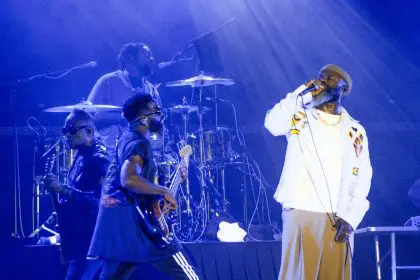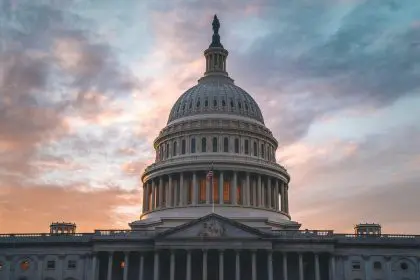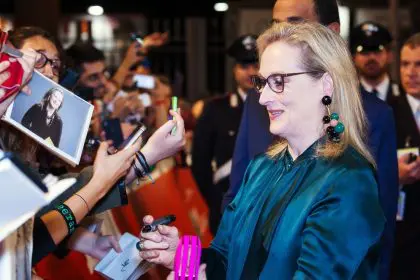The intersection of creativity and energy management took center stage during a pivotal studio session between J. Cole and singer-songwriter Muni Long. The December 2023 encounter, shared on the 85 South Show, illuminates a broader conversation about emotional intelligence in the music industry. The Dreamville founder’s decisive exit from a negatively charged environment demonstrates the delicate balance artists must maintain between collaboration and self-preservation, particularly in an industry where creative energy drives success.
Energy dynamics in creative spaces
Within the pristine walls of recording studios, where hit records are born and artistic visions come to life, the atmosphere plays a pivotal role in shaping creative output. The modern music industry, with its relentless pressure and demanding schedules, often becomes a crucible for both positive and negative energies. Artists increasingly recognize that maintaining optimal creative conditions requires more than just technical expertise – it demands emotional awareness and boundaries.
The incident highlights a growing trend among established artists who prioritize their mental space over social obligations. Long’s reflection on the experience reveals how high-achieving artists like Cole maintain their creative edge through careful energy management. This approach has become increasingly relevant in an era where mental health and creative wellness take center stage in industry discussions.
Professional impact and industry response
The ripple effect of J. Cole‘s studio exit extends beyond a single incident, influencing how industry professionals approach collaborative sessions. Studio managers and session coordinators now increasingly emphasize the importance of maintaining positive environments, some even implementing pre-session protocols to ensure all participants enter the creative space with aligned intentions.
Music producers and engineers, who often witness the delicate dance between artists’ emotions and creative output, have begun incorporating energy management techniques into their workflow. This shift represents a growing understanding that technical excellence alone cannot guarantee productive sessions – the emotional atmosphere must be equally conducive to creativity.
Evolution of studio culture
The transformation of studio culture reflects a broader shift in the music industry’s approach to mental health and creative well-being. Traditional studio sessions, often characterized by long hours and intense pressure, are being reimagined with a greater emphasis on emotional sustainability. This evolution challenges the long-held notion that creative genius must emerge from chaos or conflict.
Modern recording facilities increasingly incorporate elements designed to promote positive energy flow – from meditation spaces to proper lighting and ventilation. These physical changes mirror the industry’s growing acceptance that environmental factors, both tangible and intangible, significantly impact artistic output. The incident serves as a catalyst for discussions about creating more mindful studio environments.
Lessons for emerging artists
For upcoming musicians and industry professionals, J. Cole’s example provides valuable insights into longevity in the music business. The incident underscores the importance of establishing and maintaining boundaries, even in potentially uncomfortable situations. Young artists are learning that protecting their creative energy is not just acceptable – it’s essential for sustained success in the industry.
This perspective shift marks a significant departure from traditional industry practices where artists often felt compelled to endure negative environments for the sake of collaboration or networking. Cole’s actions demonstrate that maintaining creative integrity sometimes requires making difficult decisions in the moment.
Future implications
As the music industry continues to evolve, the importance of energy management in creative spaces will likely become more prominent. Studios and artists alike are recognizing that the quality of energy in a space directly correlates with the quality of work produced. This understanding is reshaping how artists approach collaboration, studio time, and creative partnerships.
The incident has sparked conversations about implementing formal guidelines for maintaining positive studio environments. Industry veterans suggest that these discussions could lead to standardized practices for energy management in creative spaces, ultimately benefiting both established and emerging artists.















